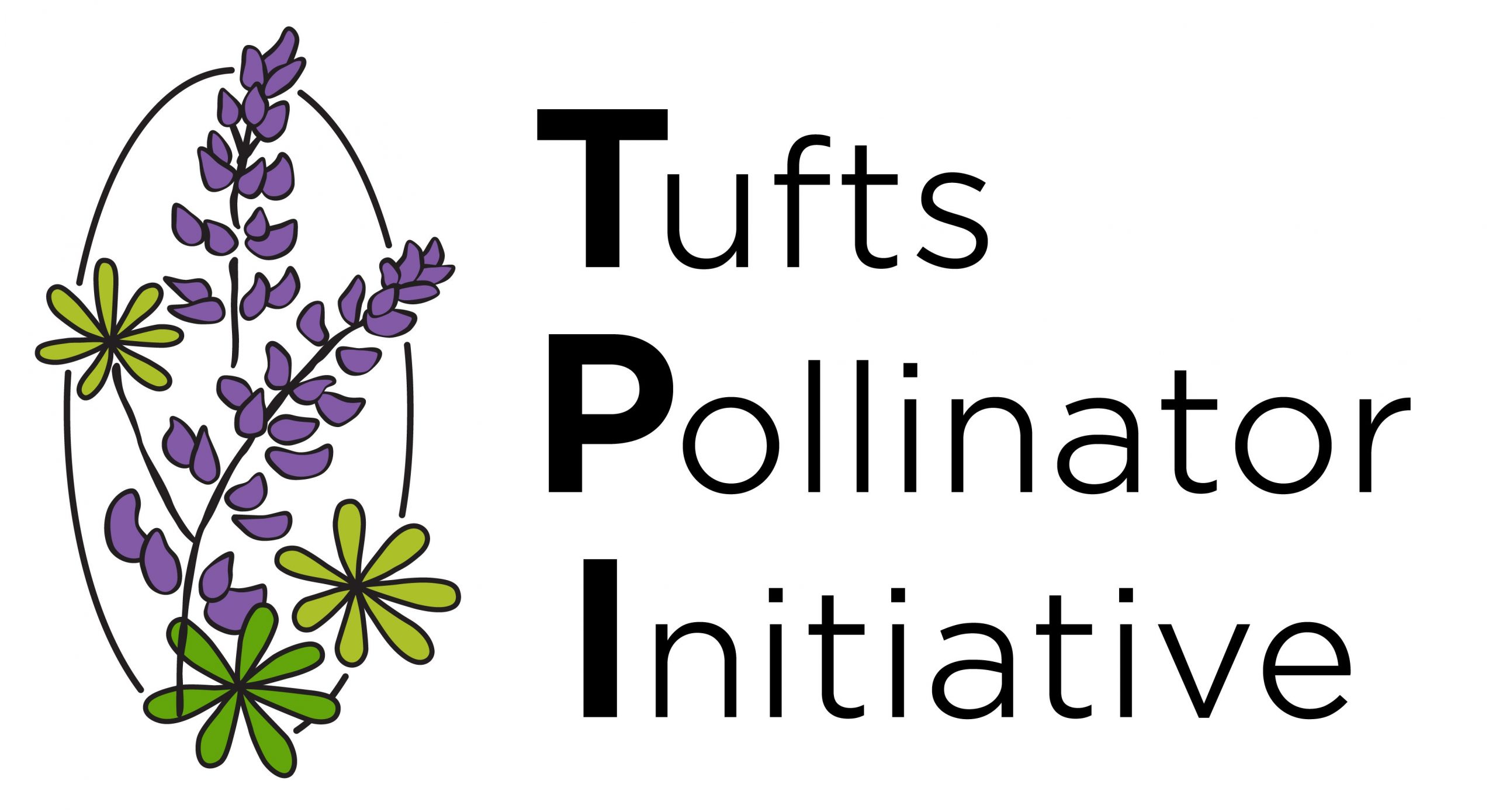Pollinator Foraging Behavior and Nutrition – Jessie Thuma
Jessie focused on how land management and a changing climate intersect to impact wild bee foraging behavior and diet. In agricultural landscapes, fertilizer often makes its way into surrounding habitat as runoff, which artificially increases the nutrient input to plants in these environments. This changes the way plants grow, including plant size, number of flowers, timing of bloom, and even their pollen and nectar. At the same time, climate change is creating extreme regional rainfall patterns. In the Boston area we have seen this happening over the last few years with alternating record drought and record rainfall summers. Both nutrient pollution and changing rainfall are major drivers of global change worldwide, but we are only starting to learn the direct impacts of these stressors on our pollinators.
Jessie studied how fertilizer input and rainfall manipulation impact when food (pollen and nectar) is available to bumble bees, and the quality of that food. Changes in plant quality likely result in changing patterns in bumble bee plant visitation, which could affect entire pollination networks. A reduction in food availability could lead to nutritional stress and population declines. Her hope is that this research can provide important information to land managers and food growers to support the native bees in their neighborhoods.
Bumble Bee Nesting Biology – Erin Treanore and Eddie Chae
Since 2018, the Crone lab has been monitoring bumble bee populations in Ipswich, MA, in partnership with the Trustees at Appleton Farms and Greenwood Farm. Though bumble bees are an important pollinator, we know very little about what happens in their nests — due in large part to the fact that these bees nest underground and can be very hard to find. In a one-of-its-kind project, Jessie and Eddie used methods developed by former Tufts PhD and TPI member, Jenny Pugesek, to find bumble bee nests and examine environmental effects on colony growth and reproduction. They searched hayfields, meadows, and forests for bumble bee nests, monitored traffic in and out of colonies, and performed “phenology walks” from spring through fall to identify when bumble bees were entering different life stages (i.e. Did we see bumble bee queens out searching for suitable nesting sites? Or did we mostly see workers out collecting food for growing colonies?). Understanding the basic biology of a species is key to successful conservation, and to supporting local ecosystems and food ways!
Effects of Antibiotic Runoff on Pollinators – Liana Feller
Liana worked in the Starks Lab to investigate how flowering plants respond to antibiotic exposure and, in turn, how this response could influence interactions with insect pollinators. Antibiotics used in agriculture for treating plants and livestock can run off into surrounding areas, but there is limited work on how the ecological dynamics of those areas are affected. She compared growth and development of sunflowers treated with or without streptomycin, an antibiotic involved in animal and plant agriculture, to examine two possible levels of interaction with pollinators. She also collected pollen and nectar–insect food–to test for presence of streptomycin. Liana’s project provided insight on the implications of living in and around agricultural sites for both plants and their pollinators.
Solitary Bees in Urban Environments – Karen Dooley
Karen studied pollinator insects in urban cities and how they use this environment to survive (and thrive). Urban landscapes are nothing like the natural environments that pollinator insects require for their survival, and yet cities seem to be teeming with pollinator biodiversity. How do pollinators use this rather harsh environment as a viable habitat? Are researchers overestimating the biodiversity and numbers of pollinators found in cities?
Karen focused on a common urban bee species, the bi-colored striped sweat bee (Agapostemon virescens). A. virescens are the perfect study system: they’re bright green and easy to spot, they’re solitary so individuals are independent of one another, and during the summer females are out with only one goal in mind: to forage for their nest. Summer 2023 she placed pots of flowers and marked visiting A. virescens during set survey times to observe the number of individual bees that visited each pot and whether bees came back over the course of the summer. The goal of this research was to see if levels of impervious surface and proximity to dense floral sources affect the number of bees visiting. With this, we could determine if population estimates of urban pollinators such as bees are accurate or possibly overestimated.
Selected Publications from TPI members, past and present
E D Treanore, A V Ramos-Medero, J Garcia, E Amsalem. (2023). The Effect of Pollen Diet Composition and Quantity on Diapause Survival and Performance in an Annual Pollinator (Bombus Impatiens). Integrative Organismal Biology. 5:1. https://doi.org/10.1093/iob/obad014
Thuma JA, Duff C, Pitera M, Januario N, Orians CM and Starks PT (2023) Nutrient enrichment and rainfall affect plant phenology and floral resource availability for pollinators. Front. Ecol. Evol. 11:1150736. doi: 10.3389/fevo.2023.1150736
Weinberg IP, Wetzel JP, Kuchar EP, Kaplan AT, Graham RS, Zuckerman JE and Starks PT (2023) The organizational impact of chronic heat: diffuse brood comb and decreased carbohydrate stores in honey bee colonies. Front. Ecol. Evol. 11:1119452. doi: 10.3389/fevo.2023.1119452
Pugesek, G., Thuma, J.A. & Crone, E.E. First field-based estimates of bumblebee diapause survival rates showcase high survivorship in the wild. J Insect Conserv 27, 547–556 (2023). doi: 10.1007/s10841-023-00478-8
Dorian, N.N. and Bonoan, R.E. (2021), Stingless bees (Apidae: Meliponini) seek sodium at carrion baits in Costa Rica. Ecol Entomol, 46: 492-495. https://doi.org/10.1111/een.12948
Pugesek, G., and Crone, E. E.. 2021. Contrasting effects of land cover on nesting habitat use and reproductive output for bumble bees. Ecosphere 12(7):e03642. 10.1002/ecs2.3642
Rachael E. Bonoan, James Gonzalez & Philip T. Starks (2020) The perils of forcing a generalist to be a specialist: lack of dietary essential amino acids impacts honey bee pollen foraging and colony growth, Journal of Apicultural Research, 59:1, 95-103, DOI: 10.1080/00218839.2019.1656702




